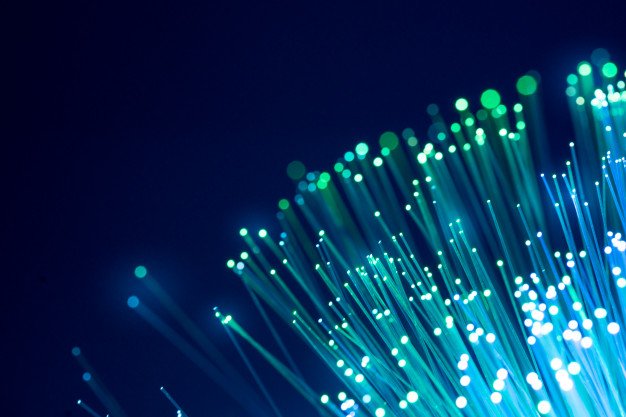
After the National Broadband Network (NBN) rollout, a lot of new terms and technology are introduced by service providers. Depending on the area, NBN is available via various connection types such as fiber optic, wireless and satellite. There is a total of 7 different NBN connecting technologies that are either fixed or wireless in nature. Let us understand these in detail so that you know the connection types well in advance when you talk to your local service providers such as Tangerine and Harbour ISP.
Here are the 7 different NBN connecting technologies that are either fixed or wireless in nature:
1. Fiber to the Premises (FTTP)
FTTP is the best NBN connection as it uses a fiber optic cable to deliver the internet consistently at your home. Small businesses and households that require heavy usage of data for streaming and gaming can benefit the most from this connection. This type of connection is the fastest among all the technologies.
2. Fiber to the Node (FTTN)
For regions that don’t have the fiber optic cable line yet, National Broadband Network is provided via existing copper cables. These are cheaper but can have reduced upload and download speeds compared to FTTP. It is likely that in the future all FTTN connections will be replaced by FTTP.
3. Fiber to the Building (FTTB)
In this type of National Broadband Network connection, the fiber optic cable delivers the internet to a secure cabinet in the apartment building’s basement or communication room. From there, NBN is delivered to individual apartments via existing cable infrastructure comprising of either copper or ethernet cables.
4. Fiber to the Curb (FTTC)
FTTC offers a solution for apartment buildings and homes that cannot accommodate the installation of NBN. It connects the distribution network unit to the existing copper network via a pit in the ground. Depending on the copper network, internet speed may vary.
5. Hybrid Fiber-Coaxial (HFC Cable)
This type of connection is used only in a few areas where the Hybrid Fiber-Coaxial connections exist for pay-TV cables. These cables are one of the oldest technologies used for an NBN connection, which is why it can be inconsistent when it comes to speed and performance. The good news is, in the future, these lines will get an upgrade to FTTN or FTTC.
6. Fixed Wireless
NBN is also available wirelessly using National Broadband Network antennas fitted at various junctions. The connection uses similar technology to that of 4G phone networks to receive the internet. The transmission towers can provide high-speed internet to users within 14 kilometers range.
7. Sky Muster Satellite

Remote areas in Australia such as Norfolk Island, Christmas Island, and Lord Howe don’t have the infrastructure to lay down a fiber optic line yet. NBN reaches to users in such areas via Sky Muster satellites that are installed at their property. This type of connection is the slowest and has a limited speed option when it comes to download and upload speed.
When you talk to your service provider, offer details about your location and find out which of the connection type will be used to receive NBN. Even though FTTP can be your best bet for faster connectivity, your connection type will depend largely on your location accessibility and current infrastructure.
Read Also:






